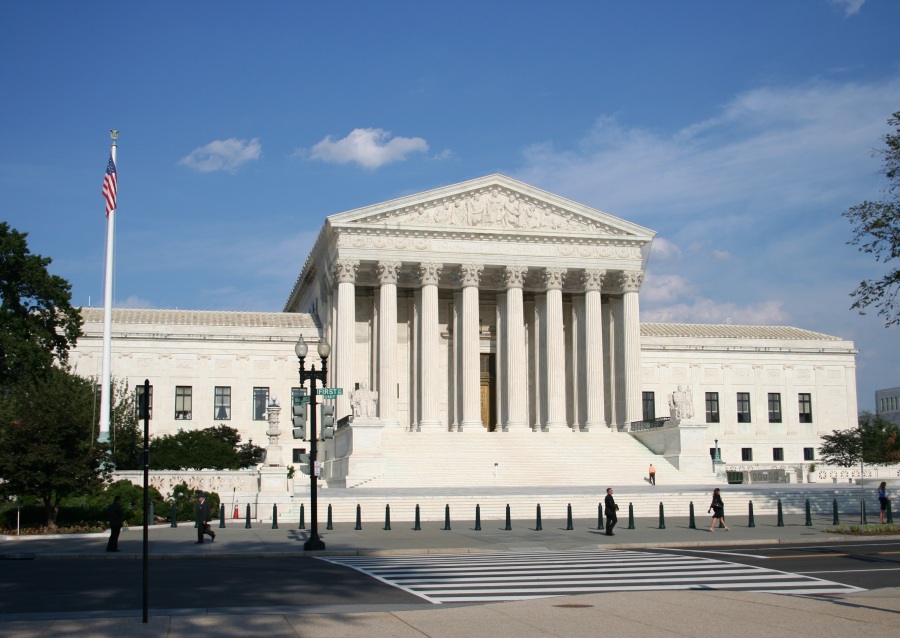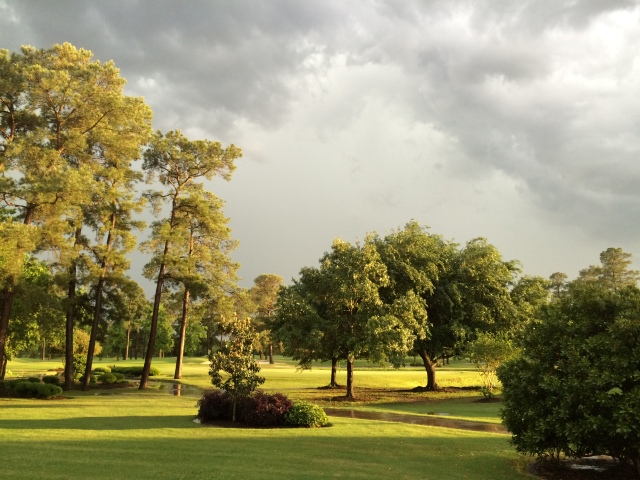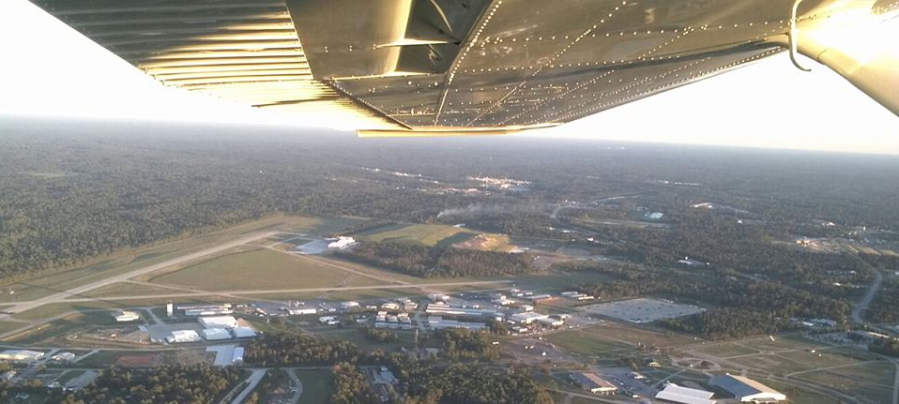Americans have deep roots in agricultural life, and great respect for the farmers that put food on their tables. Thomas Jefferson called farmers the most valuable, virtuous citizens. Popular media still glorifies and romanticizes farm life today. But America’s farm policy is a relic from an era when central planning was seen as a solution for the troubles caused by what most modern economists see as necessary adjustments in the economy. As mechanized agriculture began to be used on a large scale at the turn of the 20th century, smaller farmers began struggling to support themselves. American public policy, driven by the radical agrarian populist movement, stepped in to protect the industry rural communities relied on for employment. What many fail to realize, however, is that the situation has changed since the early 1900s. American society is no longer dependent on agriculture for employment. Farm supports aren’t for the family farm anymore, but big agribusiness continues to rely on these government programs to maximize profits. These policies are driving up food prices, costing taxpayers money, and hurting public health. As the Economist put it “Given a blank slate, nobody with an interest in either alleviating poverty or improving farming would [construct the United States’ current agricultural policy].” Indeed, the country’s farm policy—a complicated array of expensive subsidies, price controls and cartels—is terrible. To understand just how awful it is, it might be helpful to look at the quintessential example of American agricultural programs: the National Raisin Reserve.
“…the act began the bizarre but troublingly enduring idea of spending taxpayer money to deliberately make food less affordable.”
The agriculture industry is unique because crops are essential to life. Unlike televisions, automobiles and many other products, food is an example of price in-elasticity. If a product is price elastic, lowering the price will result in enough additional demand to increase revenue despite the drop in price (Investopedia). When a product is price inelastic, on the other hand, demand doesn’t drop much when prices increase, so revenue is higher when prices are higher and vice versa. Since demand for most crops is fairly constant regardless of supply, a price reduction doesn’t result in enough additional demand to keep revenue from falling. For this reason, the best crop years often result in less money for many farmers. As mechanized agriculture rapidly increased crop yields in the late nineteenth and early twentieth century, farms, particularly small family ones, saw their revenue fall. This phenomenon led to the creation of programs designed to reduce crop production. One of the first pieces of legislation President Roosevelt signed after being sworn into office was the Agricultural Adjustment Act (Ganzel). “For the first time, Congress declared that it was ‘the policy of Congress’ to balance supply and demand for farm commodities so that prices would support a decent purchasing power for farmers. This concept, outlined in the AAA, was known as ‘parity.’” Although it has since been repealed, the act began the bizarre but troublingly enduring idea of spending taxpayer money to deliberately make food less affordable. Naturally, after World War II when raisin prices began falling, Congress couldn’t just let the market adjust free of interference the way it’s supposed to, so they passed Marketing Order 989 which created the National Raisin Reserve and the Raisin Marketing Order (Farenthold). The purpose of the National Raisin Reserve was to prop up raisin prices by allowing the federal government to seize a portion of raisin harvests. The government waits nine months for farmers to grow their grapes and two to three weeks of them drying in the sun before seizing a portion of them. Once seized, the raisins are often sold to foreign countries or fed to school children and cows. In theory, farmers are supposed to be compensated for the seizure of raisins. Often, though, the Raisin Reserve spends all the money, leaving nothing for farmers. In 2002, this situation led Marvin Horne, a 65 year old California raisin farmer, to refuse to hand over the required 47% of his raisin crop, citing the Fifth Amendment protection against the seizure of private property without just compensation. The National Raisin Reserve rejected that argument and fined Mr. Horne $700,000. What makes the National Raisin Reserve especially unreasonable is that it requires farmers to do something that would normally be illegal: form a cartel to manipulate prices. Newsweek put it this way:
“Collusion like this usually takes place in a smoke-filled backroom, away from the prying eyes of the SEC or the Federal Trade Commission. If any other business colluded like the RAC, they would be prosecuted for blatant violations of the Sherman Anti-Trust Act. Yet, on Wednesday, the government stood before the Supreme Court and defended the RAC because it works for the benefit of the farmers. That is, of course, the point of a cartel—to benefit the colluders and hurt consumers.”
As of 2014, Mr. Horne’s case, Marvin D. Horne, Et Al., Petitioners v. United States Department of Agriculture is still winding its way through the court system. In a recent Supreme Court hearing, both liberal and conservative justices expressed skepticism for the government’s case. Justice Kagan remarked that they might be defending “the world’s most outdated law (Liptak).” “What it does is it takes raisins that we grow [and] in effect, throws them in the river,” Justice Breyer said at one point (Farenthold). He later wondered why Congress would want taxpayers to pay for a program that would increase the price they pay for raisins. At several points the Court seemed unable hide its scorn for the law even as they sought to objectively assess the case. “It doesn’t help your case that it’s ridiculous, (Liptak)” Justice Scalia said, “your raisins or your life, right?” The government argues that since no one is forcing farmers to grow raisins, their Fifth Amendment right is not being infringed (Brief). This argument is problematic since the Fifth Amendment includes no such conditions. Furthermore, such logic renders the Amendment entirely meaningless: the federal government could confiscate any given item since a person could have instead chosen to own another item. As for Mr. Horne, he understandably has strong feelings about the case: “It’s like being a serf,” he told the Washington post, but he has faith in the United States’ system of checks and balances: “I believe in America. And I believe in our Constitution. And I believe that eventually we will be proved right. They took our raisins and didn’t pay us for them (Farenthold).”
The case looks fairly clear-cut. Mr. Horne is in fact justified in refusing to give up his private property according to the Fifth Amendment to the Constitution: “…nor shall private property be taken for public use, without just compensation.” But one of the most important considerations to take away from this case is just how defensive agricultural interests are of these programs. The National Raisin Reserve may in fact benefit farmers, although there are valid arguments that it does not, so it’s not surprising that many raisin farmers are not happy with Mr. Horne. Eddie Wayne Albrecht, a raisin grower in Del Rey, California is one such person. As far as he is concerned “the criminal,” Mr. Horne in his mind, “is winning right now (Farenthold).” Some growers even went as far as hiring a private investigator to spy on Mr. Horne when he announced he would not be giving up his crop.
Although the Supreme Court appears skeptical of the government’s position in the raisin case, many other programs will likely remain for years to come. Although the RAC might be one of the most egregious agricultural programs, there are others that do far more farm. The largest examples include highly subsidized crop insurance, direct subsidies for corn and soybeans (two of the crops most to blame for America’s health problems), and, although not a subsidy per se, the renewable fuel standard. Other smaller programs include price fixing schemes and cartels similar to the RAC. Together, these programs form America’s terrible agricultural policy which shifts our diets towards unhealthy, homogeneous diets, costs taxpayers money, and contributes to hunger and poverty by driving up food costs. It is unfortunate failure of government legislation that the RAC is an example of typical farm policy in the United States.
This paper was originally written in April 2015. Since then, the Supreme Court has ruled in Mr. Horne’s favor stating that the seizure of raisins by the RAC is an unconstitutional taking: Property owners prevail in raisin takings case
Works Cited
Jefferson, Thomas. Letter to John Jay. 23 Aug. 1785. MS. Paris, n.p.
“A Trillion in the Trough.” The Economist. N.p., 08 Feb. 2014. Web. 03 May 2015.
“Price Elasticity Of Demand Definition | Investopedia.” Investopedia. N.p., 26 Nov. 2003. Web.
03 May 2015.
“American Farm Bureau.” Opensecrets.org. The Center for Responsive Politics, 2015. Web. 24 Apr.
2015.
“Farm Bill Ends Direct Payment Subsidies.” Newsroom. United States Senate Committee on Agriculture,
Nutrition and Forestry, 28 Jan. 2014. Web. 27 Apr. 2015.
Fahrenthold, David A. “One Grower’s Grapes of Wrath.” Washington Post. The Washington Post, 7 July
- Web. 30 Apr. 2015.
Burrus, Trevor. “Raisin a Laugh at the Supreme Court.” Newsweek, 24 Apr. 2015. Web. 01 May
2015.
Liptak, Adam. “Supreme Court Hears Appeal in Raisin Case.” The New York Times. The New
York Times, 22 Apr. 2015. Web. 01 May 2015.
“Marvin D. Horne, Et Al., Petitioners v. United States Department of Agriculture. Brief for the
Respondent.” N.p., n.d. Web.
Ganzel, Bill. “AAA, the Agricultural Adjustment Act & Administration.” AAA, the Agricultural
Adjustment Act & Administration. Living History Farm, 2003. Web. 04 May 2015.
United States Constitution. Amendment V.










